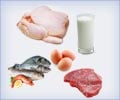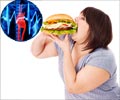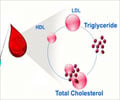- Lowering high cholesterol with a healthy diet - (https://www.health.harvard.edu/press_releases/lowering-high-cholesterol-with-a-healthy-diet)
Introduction
One of the greatest threats in the modern world with constant everyday pressures and challenges of life is a life-threatening disorder - high cholesterol. However, the certain amount of good cholesterol, produced by the liver, is imperative for the successful performance of the human body.
This helps produce hormones, bile, and maintain the integrity of cell membranes, convert sunshine to vitamin D and ease the metabolism of fat-soluble vitamins. Nonetheless, abnormally high levels of cholesterol have overwhelming effects on the body, resulting in many health problems. Furthermore, having higher than normal levels of blood cholesterols (LDL) is one of the major contributing factors for increased mortality across the world. Other risk factors associated with increased cholesterol levels are as follows:
- Hypertension
- Diabetes
- High triglycerides levels in the blood
- Kidney problems
- Cardiovascular Diseases
- Atherosclerosis
- Stroke
- Heart attack
Dietary Cholesterol
Despite the fact, that certain foods contain cholesterol, it does not have much effect on cholesterol compared to what the body produces as a reaction to a high-fat diet consisting of saturated fat.
Nonetheless, most foods consisting of cholesterol comprise of beneficial minerals and vitamins with comparatively low saturated fats. Hence, avoid cutting down on these foods until and otherwise advised by the general physician. However, for reducing dietary cholesterol, reducing the intake of saturated fat is far more helpful than cutting down on dietary cholesterol.
Healthy Cholesterol Ratio
| Classification of LDL, HDL, and Total Cholesterol (in mg/dL) | |||||
| LDL Cholesterol | 100 Optimal | 100-129 Near Ideal/above ideal | 130-159 Borderline high | 160-189 High | >190 Very high |
| HDL Cholesterol | <40 Low | >60 High | | | |
| Total Cholesterol | <200 Desirable | 200-239 Borderline high | >240 High | | |
| Triglycerides | <150 Normal | 150-199 Borderline high | 200-499 High | >500 Very high | |
- Saturated fats and oils
- Trans fats
- Fatty meats
- Dairy products
- Margarine/butter/lard
- Fast foods/junk foods
- Snacks
Meat
Although, meat is an excellent protein source, most meats consist of elevated levels of saturated fat. Nonetheless, the type of cut and quality determines the levels of cholesterol. Therefore, it is imperative to avoid fatty cuts of meats containing heavy loads of white fat such as liver, beef, steak, pastrami, pork, hot dogs, bacon ground meat, corned beef, ribs, sausage, bacon and processed meats like bologna. Further, despite being high in Cholesterol, lamb does not contain as much cholesterol and saturated fats as beef. For every small serving of lamb, amounts to roughly 75 mg of cholesterol, this according to doctors is about one-third of daily recommended value. Therefore, taking lamb occasionally, in moderation, is healthy provided it helps balance the entire day’s meal with low cholesterol intake. Moreover, organ meats such as the brain, heart and liver are great sources of specific minerals, and vitamins including iron. However, most organ meats, like liver contain high concentrations of cholesterol and are strictly taboo for a cholesterol-lowering diet. Hence, swap these with veal, lean beef and lamb.
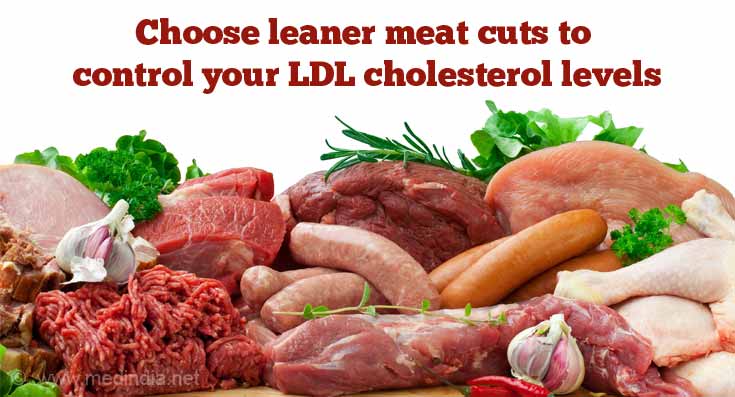
Poultry
Generally regarded low-fat, chicken/ turkey skin has concentrated amounts of calories, saturated fats and cholesterol. For instance, a chicken leg with skin contains higher quantities of fat and cholesterol as when compared to hamburgers or ice creams. Further, frying chicken adds on to a load of cholesterol already existing. Therefore, it is a healthy option to remove the skin from chicken or turkey before cooking. In addition, considering that white poultry meat has less fat and cholesterol, it is healthier to avoid dark poultry meat. Nevertheless, duck normally served as part of a heavy meal provides excess cholesterol - for a single large serving of duck meat has roughly about 100 mg without oils and other fats.
Dairy
Dairy products provide the required calcium and minerals essential for strong bones and teeth. Nevertheless, full-fat dairy products with more than 1% fat such as butter, cheese and full-fat milk, creams and processed cheese contain cholesterol in high amounts. 100 grams of butter own 72% of the daily required cholesterol value by offering 215 mg with a single spoon serving amounting to 10% DV which is 30 mg. Therefore, replacing whole fat with low-fat options prove beneficial for healthy cholesterol levels averting the risk of serious heart conditions.
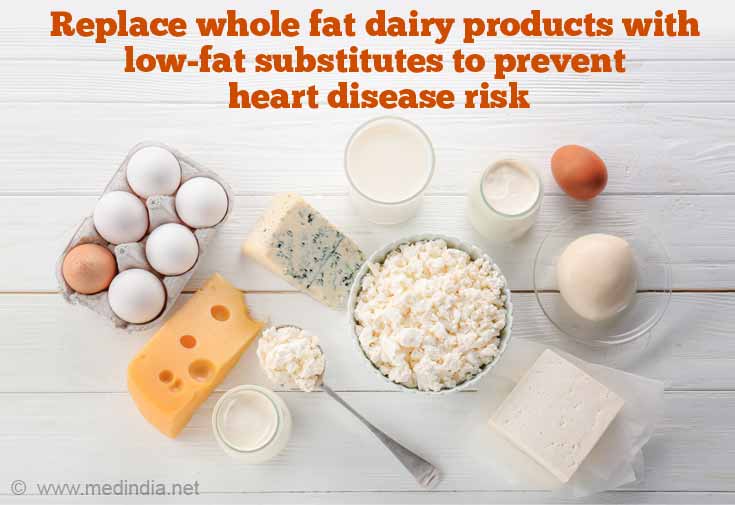
Seafood
Some kinds of seafood like the oily types of fish such as sardines, mackerel and salmon that offer amazingly healthy omega-3 fats have positive benefits on health. However, there are a few others with high cholesterol, which raise LDL cholesterol in the body along with risk of developing cardiovascular diseases. For instance, shrimp is a controversial high cholesterol food, which according to researchers in recent times is a healthy option regardless of its cholesterol content.
The study points out that despite the cholesterol factor; the delicacy has low-fat when compared to meat, which makes it a healthy choice. Furthermore, while shrimp increases the LDL cholesterol it also raises the HDL cholesterol at the same time, which is why it is not dangerous. Nevertheless, it is better to seek the advice of physicians on consumption.
Tropical Plant Foods
Certain plant foods, which include cocoa butter, palm kernel oil, palm oil, coconut oil and coconut have saturated fat. However, it is advisable to look for hidden saturated fats by reading the labels and make smart choices for the purchase of such products. Nevertheless, according to expert nutritionists, these foods taken in minimal amounts are safe and do not interfere with the cholesterol levels.
Carbohydrates
Excessive carbohydrate laden foods boost LDL cholesterol as they ultimately convert to fatty substances from initial complex conversion process of forming glucose and triglycerides. These foods include hard margarine, buttery popcorn, snack crackers, candies cookies, pizzas, potato chips, rice (white), pastas and shortenings. Most of these are highly sought after junk foods that increase the bad cholesterol as they are primarily made with the richness of eggs, cheese, butter, cream and milk with loads of salt, sugar, and trans fats. These act as trans fats within the body clogging arteries resulting in the buildup of plaque-causing symptoms of stroke and cardiovascular diseases.

Healthy Eating Tips
- Avoid trans fat foods
- Eat less dietary cholesterol
- Eat meat in moderation
- Pick low-fat dairy produce
- Opt for low-fat snacking
- Avoid saturated cooking fats
- Cut down on Salt
- Increase fiber and complex carbohydrates
- Take plenty of fruits and veggies
- Eat a handful of healthy nuts
- Include fish
- Limit alcohol
Weight Management
Being obese with little or no activity whatsoever, affects the lipids that circulate in the blood. This results in decreasing levels of HDL while enhancing the LDL cholesterol in the bloodstream. Therefore, weight management is extremely important to combat unhealthy levels of cholesterols.
Apart from all this, adopting a healthy lifestyle and eating right sure goes a long way in maintaining healthy blood cholesterols.

